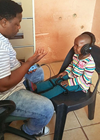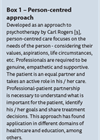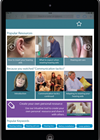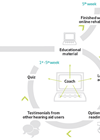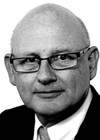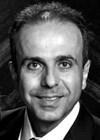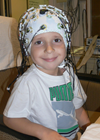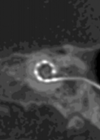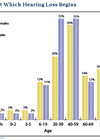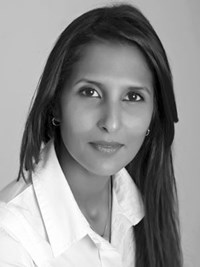Audiology features
The future of inner ear drug delivery
The techniques for delivering drugs to the inner ear system are evolving. Jeffrey Harris considers the myths, the facts and the potential for drug delivery innovations and how they can improve tomorrow’s hearing outcomes. The inner ear’s delicate membranous structure,...
Screening for hearing loss with mHealth solutions
With the number of people suffering from hearing loss growing all the time, the need for early detection and intervention is imperative. De Wet Swanepoel discusses two examples of mHealth possibilities for hearing screening which, as a low cost solution,...
A person-centred approach to telehealth
“The time when telehealth was a remote, abstract concept has come to an end”. Deborah Ferrari and Lise Lotte Bundesen discuss how to advance person-centred care in hearing rehabilitation through online tools and training. The time when telehealth was a...
Alternative listening devices: reaching the places hearing aids don’t
The stigma surrounding hearing aids means that many people who would benefit from wearing them are put off from doing so. Alternative listening devices could provide the solution to this. David Maidment discusses these devices, their effectiveness and the impact...
Knowledge is power: the power of mobile technologies to enhance hearing-related knowledge
In recent years, the widespread use of smartphones has made it increasingly possible to improve knowledge, understanding and delivery of hearing healthcare. Melanie Ferguson tells us about the advances in mobile-health applications. Think back to five years ago - what...
User perspectives of online audiological rehabilitation programmes
Recent research shows that online audiological rehabilitation programmes have the potential to improve the quality of life of hearing aid users. However, there are still areas that need need improvement. Elisabet Thorén discusses some of the problems people face when...
Noise monitoring on a smartphone
“The smartphone has more computing power than was used to put the first man on the moon.” Robert Eikelboom discusses the potential of the smartphone as an effective noise monitoring device. Noise exposure and public health Excessive exposure to noise...
Audiology Papers of the Year 2015-16
In this short review we have asked Melanie, Carolina, Josephine and Cherilee to consider the best article they have read in the last 12 months and provide us with a short review. All contributors have managed to succinctly highlight the...
What’s new in genetic testing for hearing impairment?
Often the first question following the diagnosis of a hearing loss is ‘why?’ In this article Ali Danesh explores the advances made in uncovering ‘why’ from a genetics perspective. Ali describes the panel of genetic tests now commercially available to...
What’s new in auditory processing?
Auditory processing disorder (APD) has had a controversial history, stemming mainly from lack of scientific rigor and accepted clinical definition. That situation is now changing. Driven by the huge number of people with unaddressed listening difficulties, basic discoveries in neuroscience,...
What’s new in implantable devices? New indications in cochlear implantation
For over 40 years, cochlear implant procedures have steadily increased. Outcomes for patients are improving as a result of modified surgical techniques, a wider portfolio of electrode arrays, advances in programming strategies, access to improved technology and a better understanding...
The challenge of disrupting the hearing care market in the USA
Barry Freeman, an Audiology Consultant of extensive global experience, examines the business model of hearing care service delivery in America. He discusses the challenges the profession has faced, and proposes some food for thought on learning from other health care...



